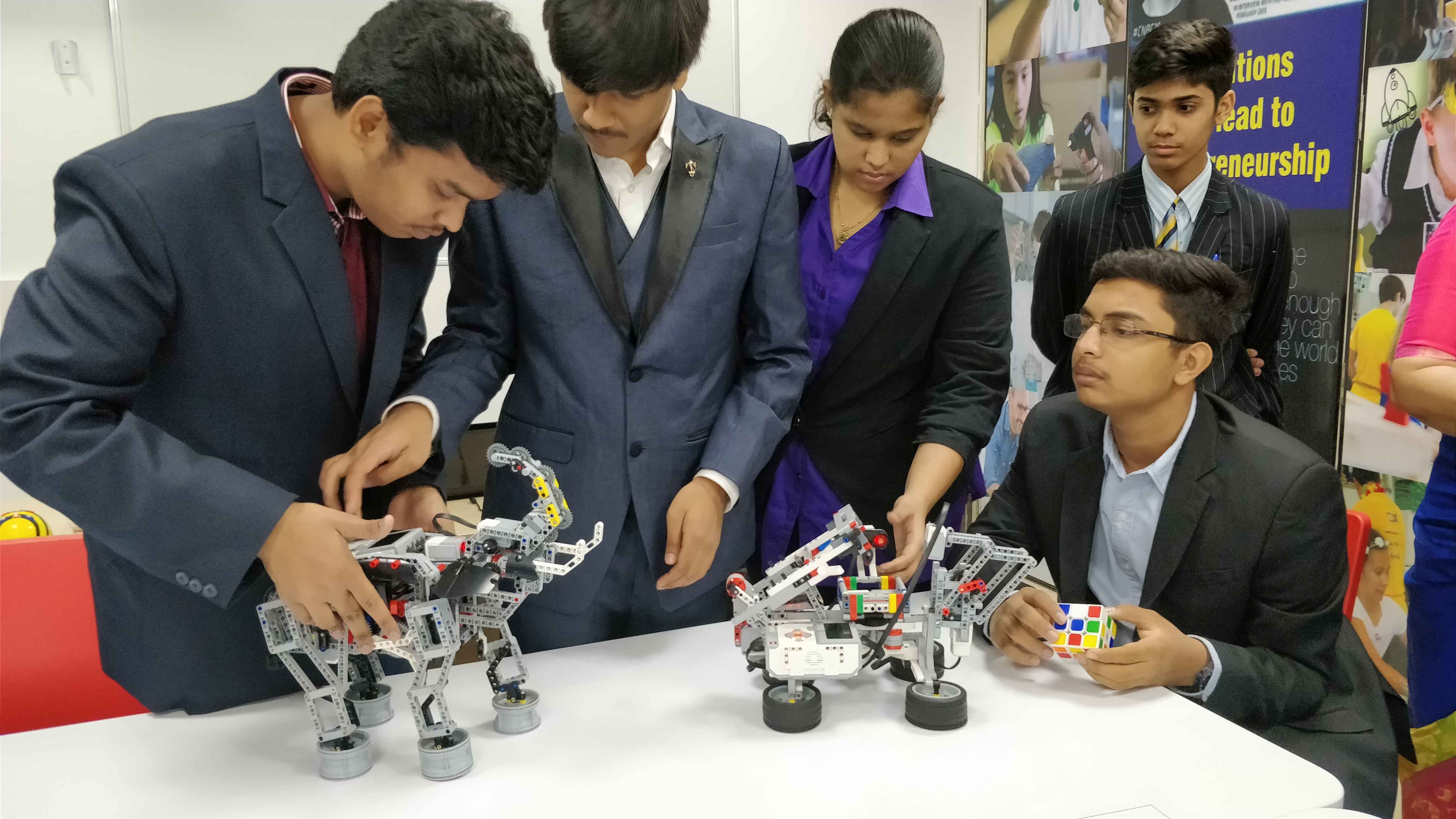

The wide spectrum of arts education opportunities can help teachers integrate elements of the arts into their lessons. This allows educators the opportunity to blend STEAM thinking into many subject areas in a variety of ways. This ensures STEAM inquiries result in “meaningful expressions and applications of engineering, maths and science”, which strengthens student learning by developing connections between inquiry and real-world problem solving.Īs a field, the arts is broad and diverse, covering areas including photography, architecture, history and performance. Researchers also noted that arts integration is not limited to creative design, but may also incorporate language and humanities as subjects of interest in a wider STEAM project. In a recent literature review of international STEAM learning, researchers noted that the addition of arts may help student understanding of STEM subjects, improving student performance in all areas of the curriculum.

The inclusion of the arts, or the “A” in STEAM, is a natural progression from STEM pedagogies. For example, data visualisation and data science combine design principles, mathematics and technology. That means a curriculum that incorporates STEAM is a future-focused one, as many areas of investigation, and even new disciplines, are being born from investigating any number of combinations of STEAM. Instead, students combine these subject areas to investigate new fields like bioengineering. STEAM encourages ākonga to think outside of the traditional, siloed disciplines of Science, Technology, Engineering, Arts and Math.

Read the Term 1 edition of School News HERE. Interdisciplinary at its core, STEAM weaves subjects together to engage and inspire students, while bringing these concepts to life using real world examples. The benefits of STEAM (Science, Technology, Engineering, Arts and Maths) learning are well-documented.


 0 kommentar(er)
0 kommentar(er)
